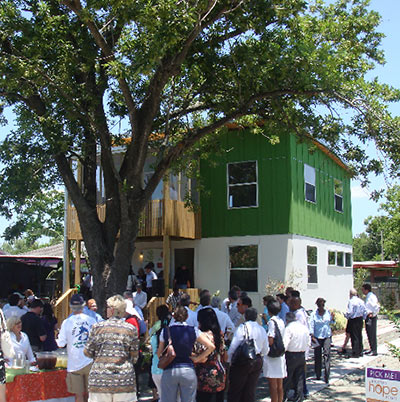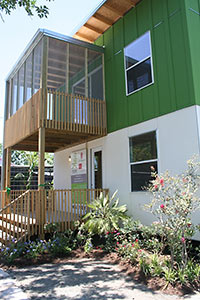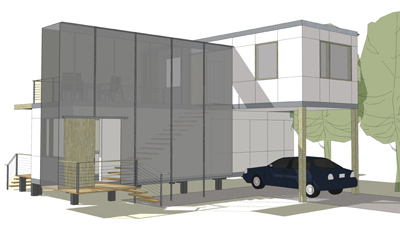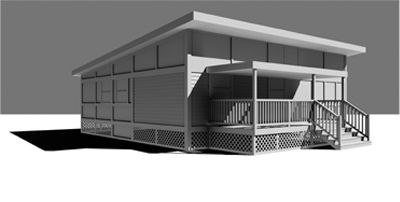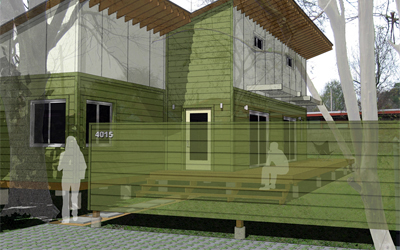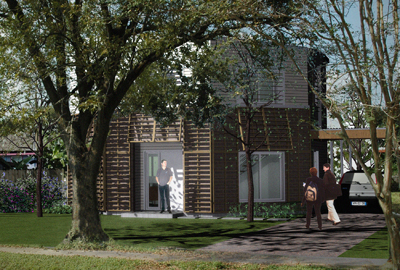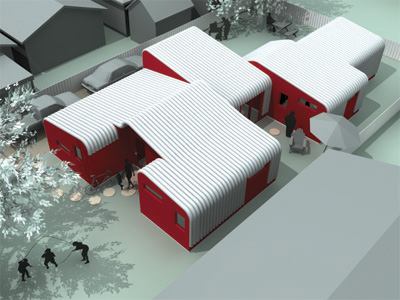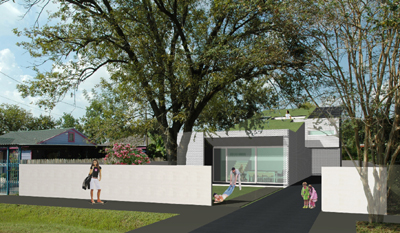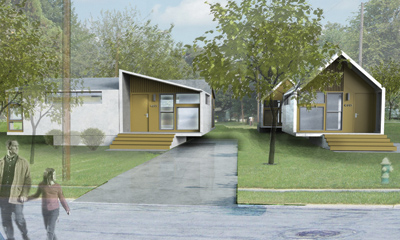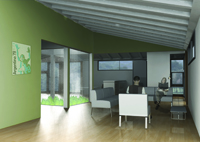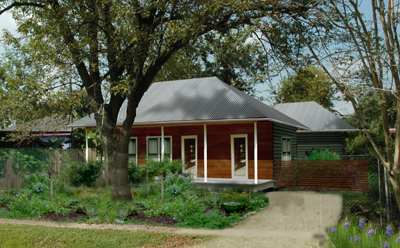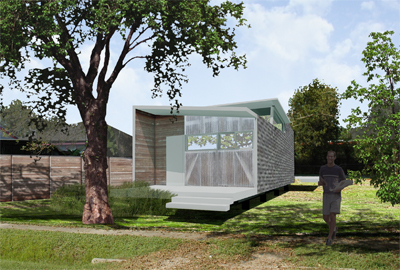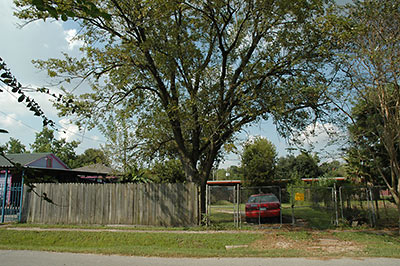
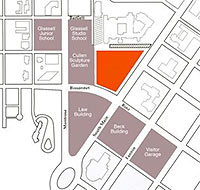 Late last week the Museum of Fine Arts Houston announced the names of 3 architecture firms selected as finalists to design the museum’s next expansion project. The new structure will go on the 2-acre parking lot at the northwest-ish corner of Bissonnet and Main. (Yes, that means the era of free MFAH parking is soon to be over.) The finalists are NYC’s Steven Holl Architects (designers of the Nelson-Atkins Museum of Art in Kansas City), Norwegian firm Snøhetta (designers of the roofwalk-friendly Norwegian National Opera and Ballet in Oslo), and LA’s Morphosis, (that’s their design for the Perot Museum of Nature & Science now under construction in Dallas, above). You can presume any possible competitors with some sort of Houston connection were axed from the list during the museum’s year-long series of interviews with 10 “international” design firms.
Late last week the Museum of Fine Arts Houston announced the names of 3 architecture firms selected as finalists to design the museum’s next expansion project. The new structure will go on the 2-acre parking lot at the northwest-ish corner of Bissonnet and Main. (Yes, that means the era of free MFAH parking is soon to be over.) The finalists are NYC’s Steven Holl Architects (designers of the Nelson-Atkins Museum of Art in Kansas City), Norwegian firm Snøhetta (designers of the roofwalk-friendly Norwegian National Opera and Ballet in Oslo), and LA’s Morphosis, (that’s their design for the Perot Museum of Nature & Science now under construction in Dallas, above). You can presume any possible competitors with some sort of Houston connection were axed from the list during the museum’s year-long series of interviews with 10 “international” design firms.


